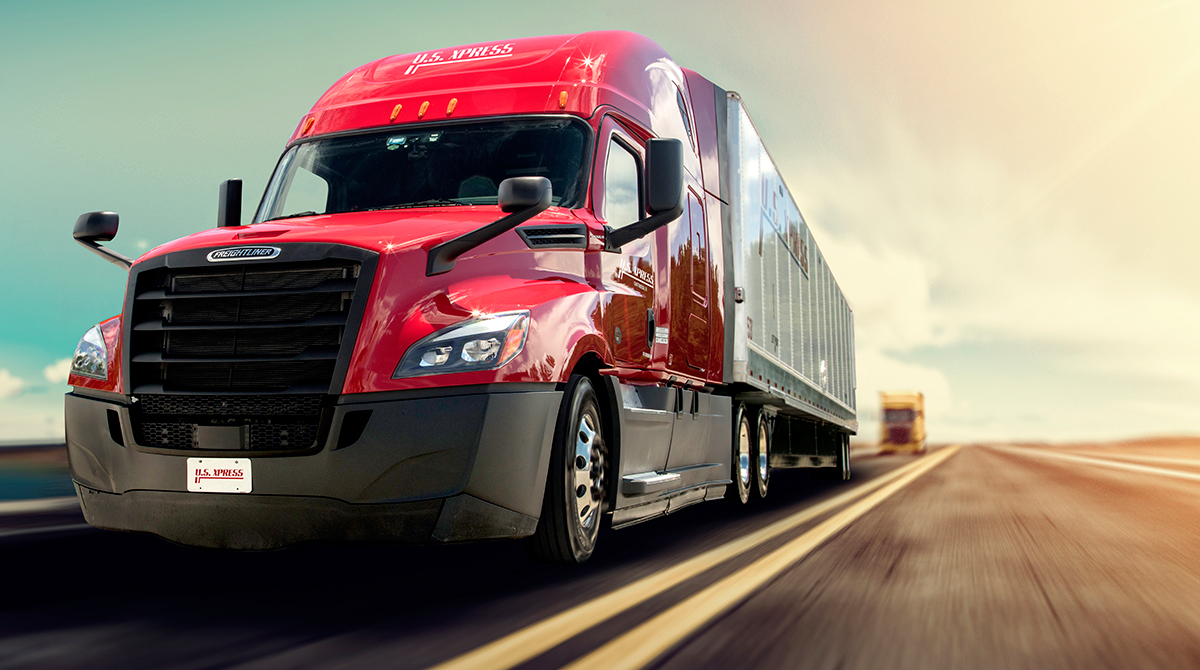U.S. Xpress Enterprises Reports $455.6M Revenue
U.S. Xpress Enterprises reported that its fourth-quarter bottom-line result swung to a profit from a loss in the year-ago period.
The Chattanooga, Tenn.-based truckload carrier on Jan. 28 reported net income of $7.7 million, or 15 cents per diluted share, for the three months ending Dec. 31. That compared with a net loss of $9.6 million, 20 cents, the previous year. Total Q4 operating revenue increased by 1.3% to $455.6 million from $449.6 million in Q4 2019.
The company attributed the Q4 revenue gain to a $23.4 million increase in brokerage and truckload revenues that were partially offset by decreased fuel surcharges. Revenue for the two divisions increased 5.8% from the same quarter last year to $428.7 million.
The results were just below expectations by investment analysts on Wall Street, which had been looking for 17 cents per share and quarterly revenue of $457.43 million, according to Zacks Consensus Estimate.
For the full year, U.S. Xpress reported net income of $17.6 million, 35 cents, on revenue of $1.74 billion, compared with net loss of $3 million, 7 cents, on revenue of $1.71 billion in 2019.
Total Q4 revenue for the truckload segment increased 0.3% to $352.3 million from 351.2 million the prior year. Total Q4 revenue for the brokerage segment increased 41% to $76.4 million from $54.1 million the prior year.
U.S. Xpress CEO Eric Fuller during a conference call with investors provided an update on Variant, the asset-based subsidiary the company launched last year that relies on digital dispatch of loads through the company’s proprietary technology.
“We scaled our Variant suite by 40% sequentially from the end of the third quarter to approximately 700 tractors by the end of the fourth quarter, while maintaining the divisions that improved operating metrics, including increase utilization, lower driver turnover and reduced costs,” Fuller said. Variant accounted for 9.4% of the company’s total Q4 truckload revenue, and Fuller said the company is making progress toward converting 900 tractors to the digital platform by the end of the first quarter, and 1,500 by year’s end. The count currently stands at 688 units, he said.
Fuller noted that the company’s dedicated division has experienced some weakness.
“While we experienced earnings degradation in our dedicated division as driver and capacity costs accelerated faster than we were able to pass them through to our customers in the fourth quarter, our long-term expectations for improved companywide profitability have not changed,” he said. “We are addressing customer pricing in certain dedicated accounts and intend to continue to aggressively scale Variant. Taken together, we expect our profitability and earnings to improve over the course of 2021.”
